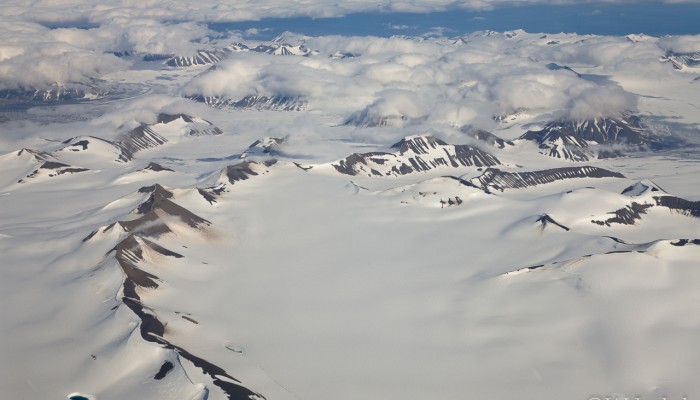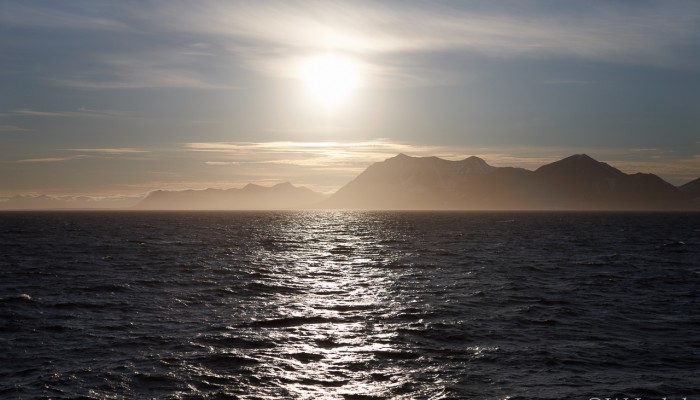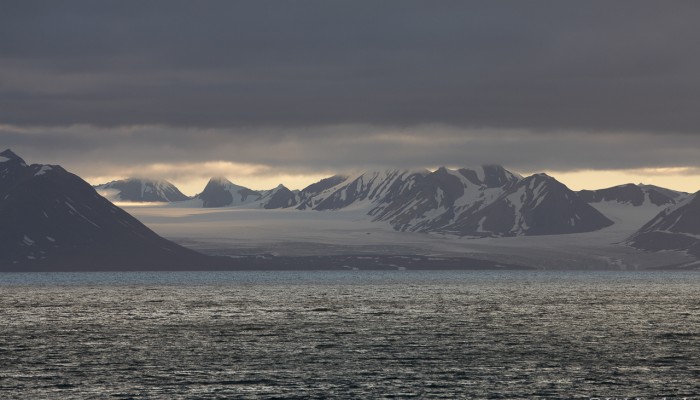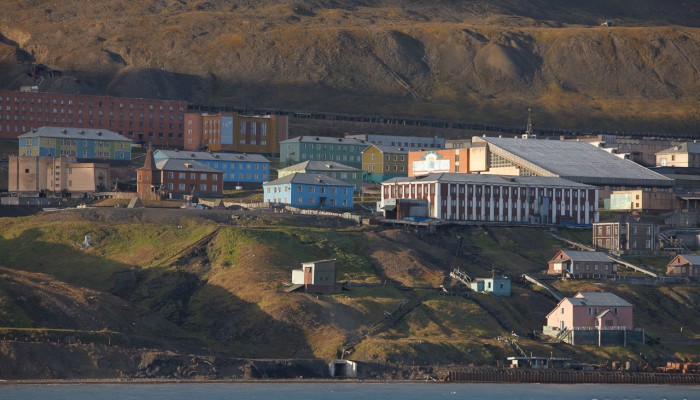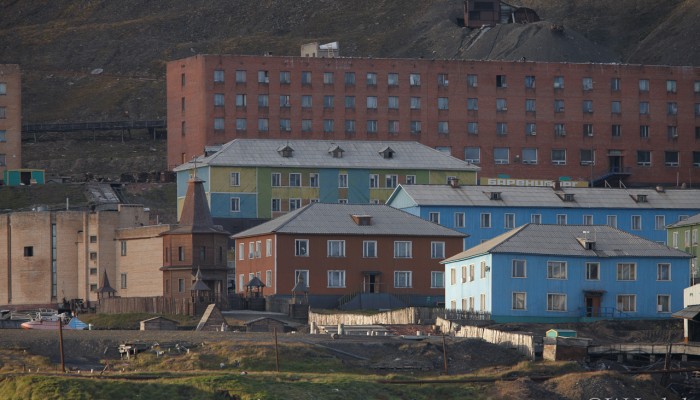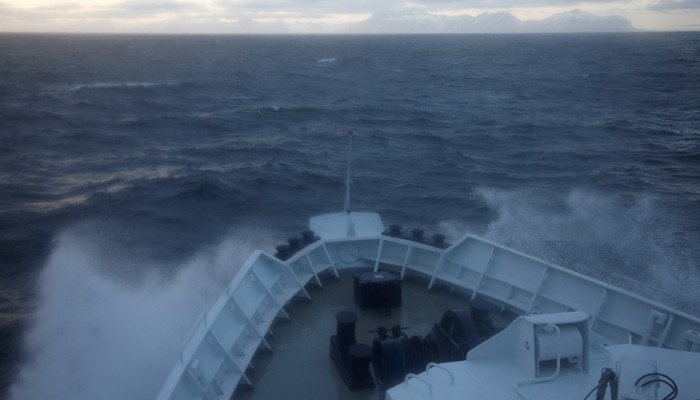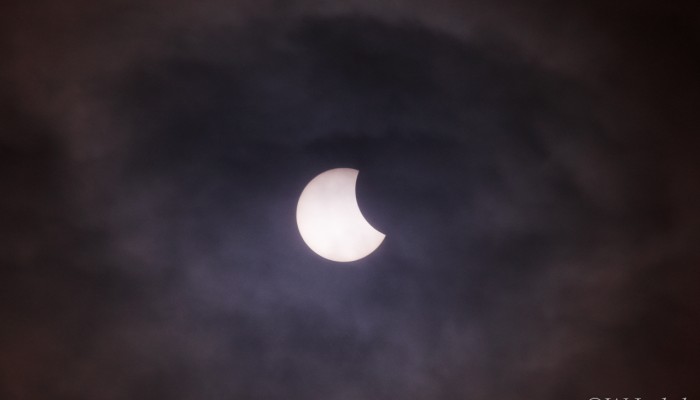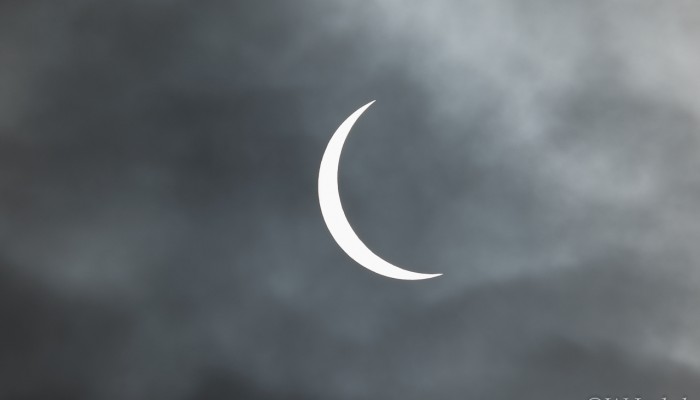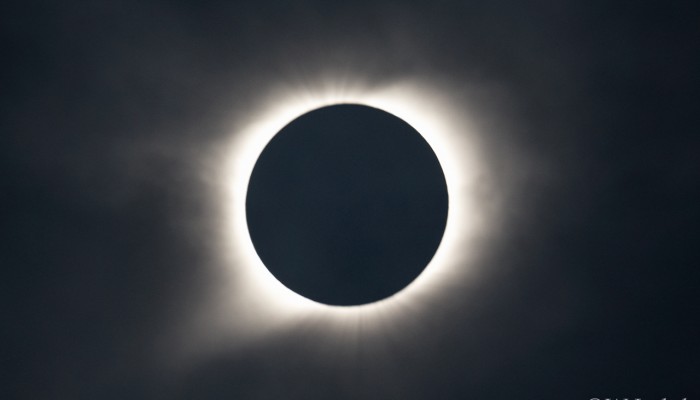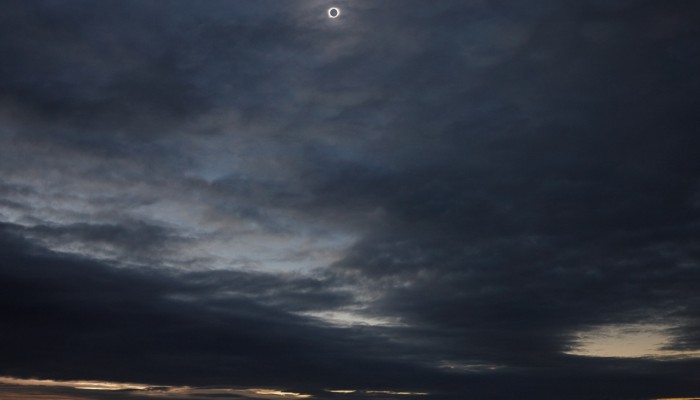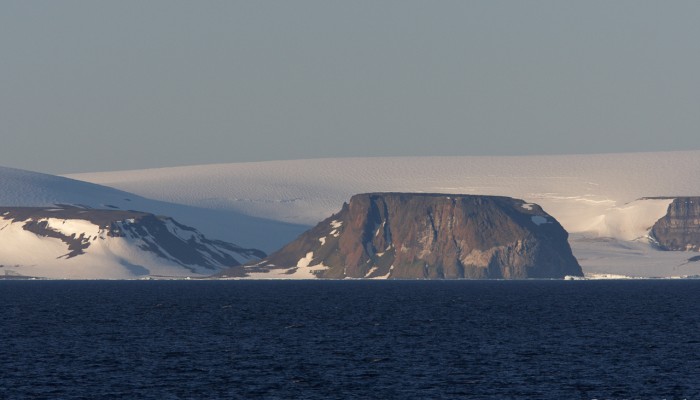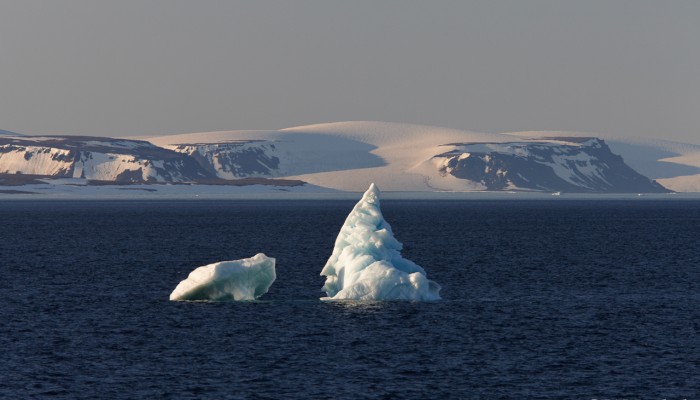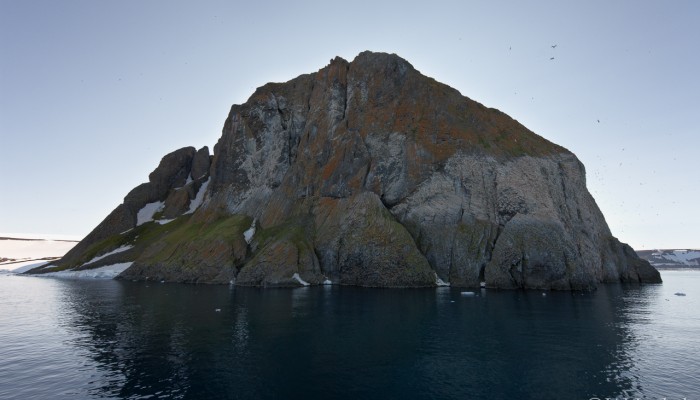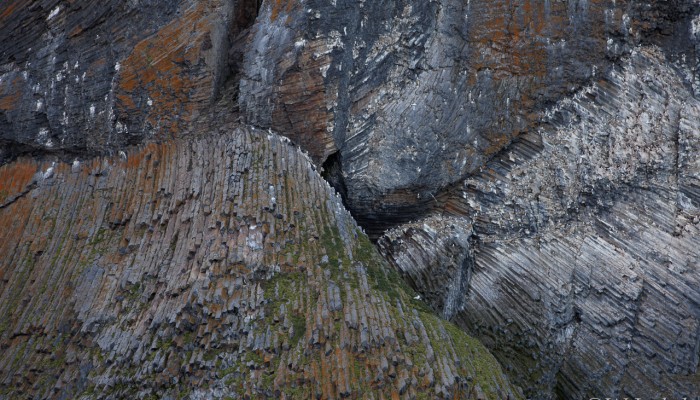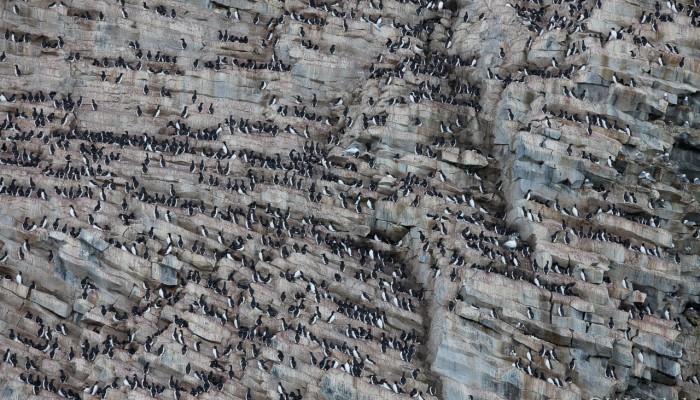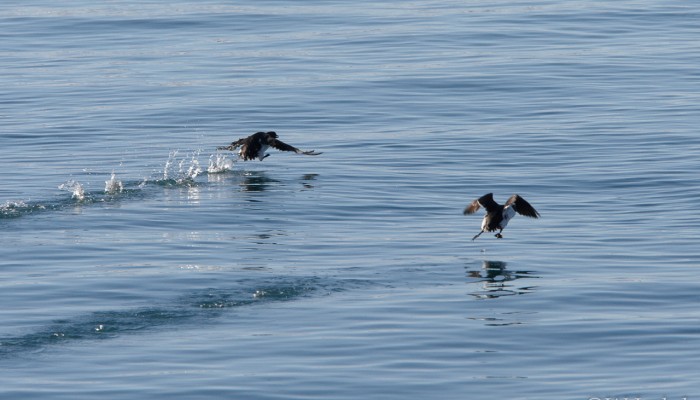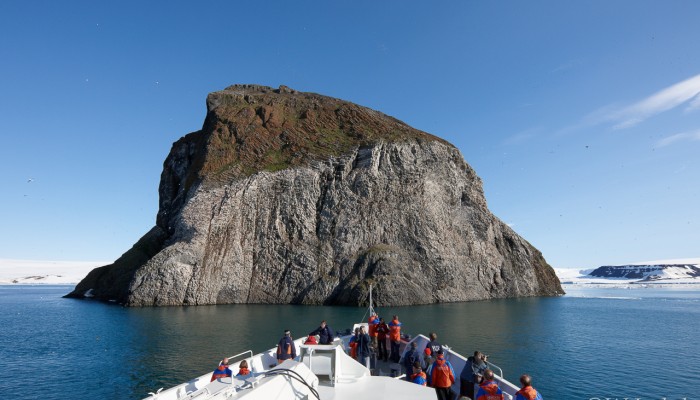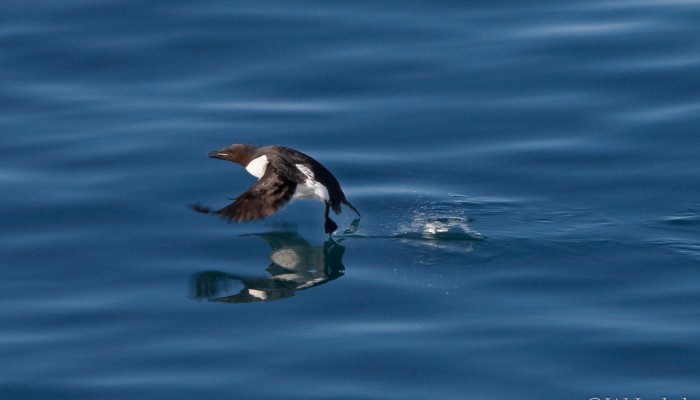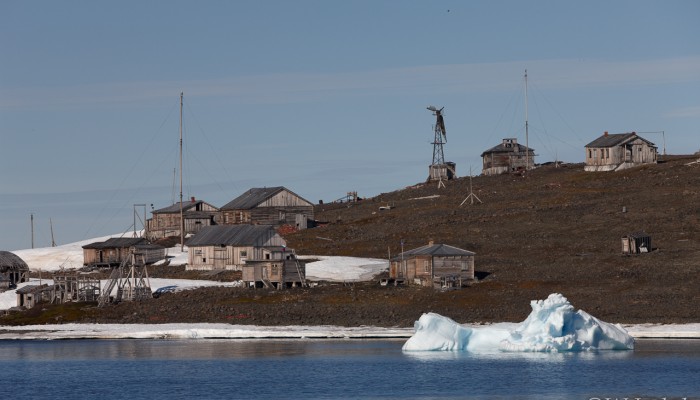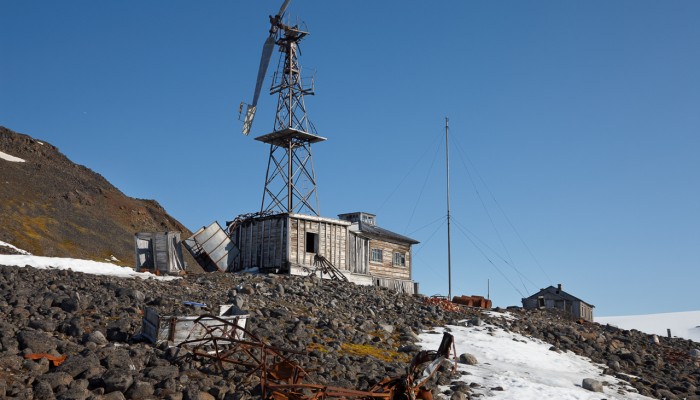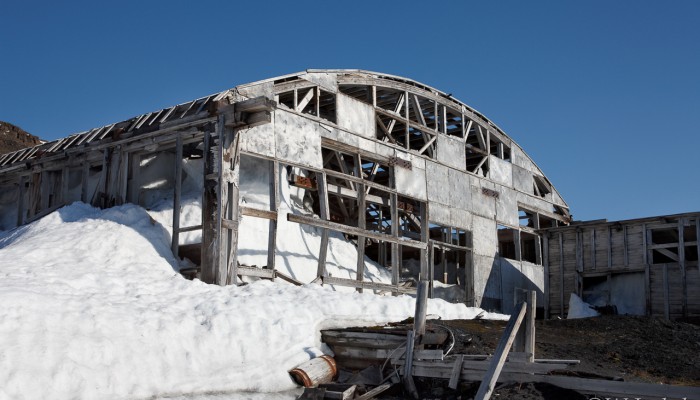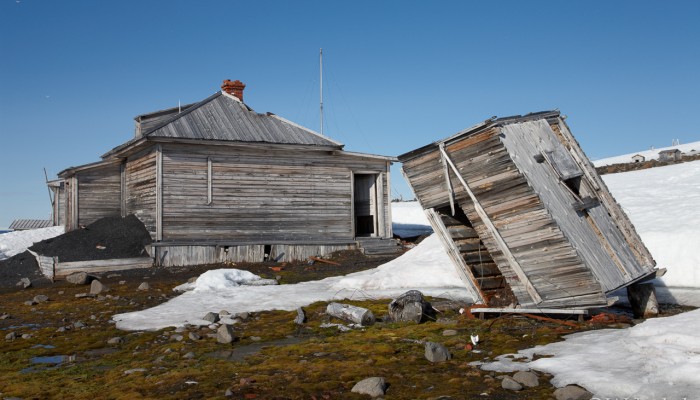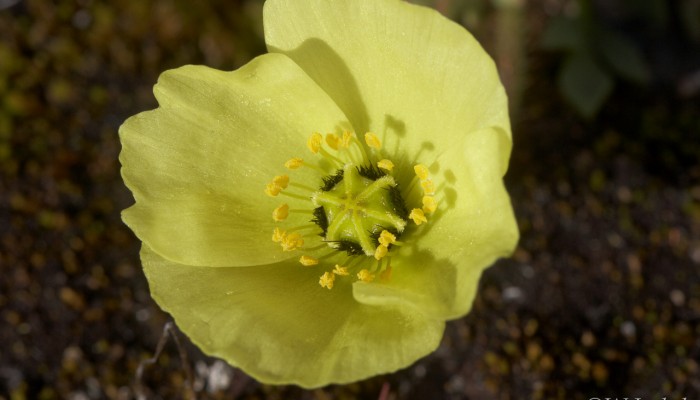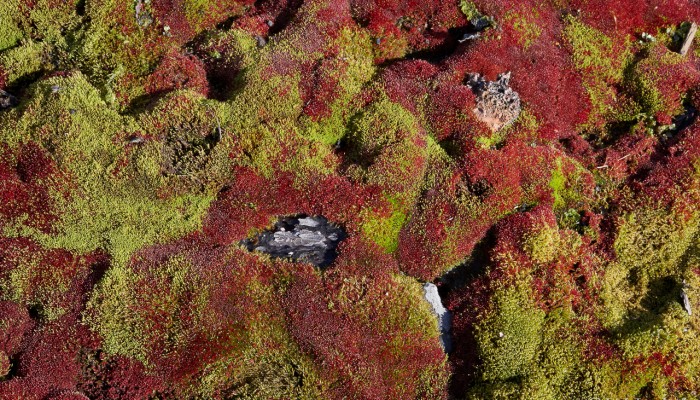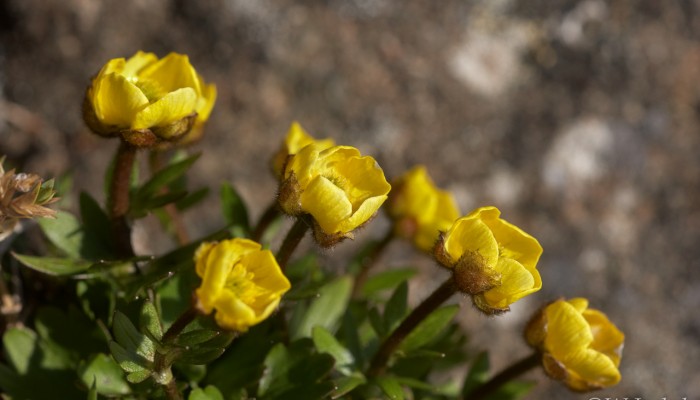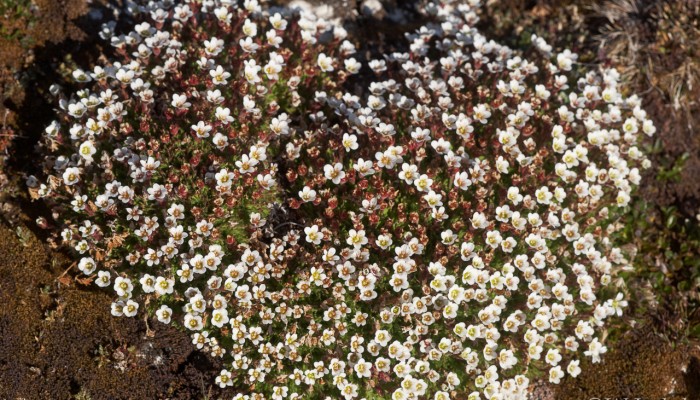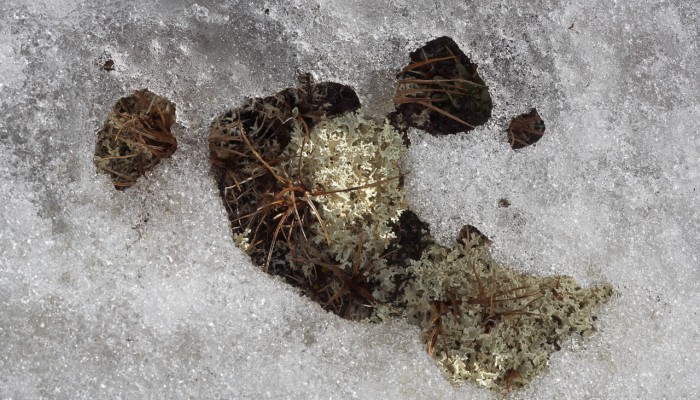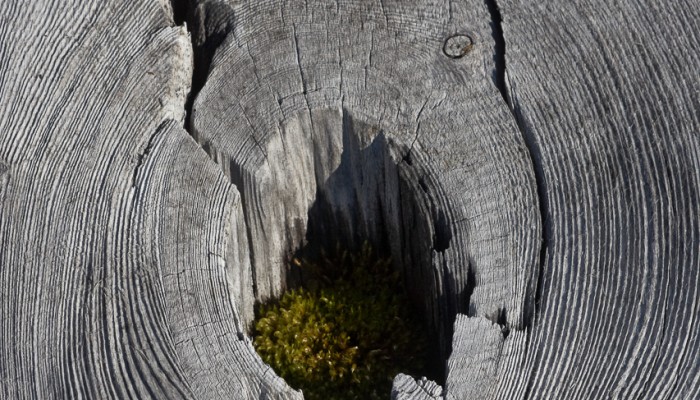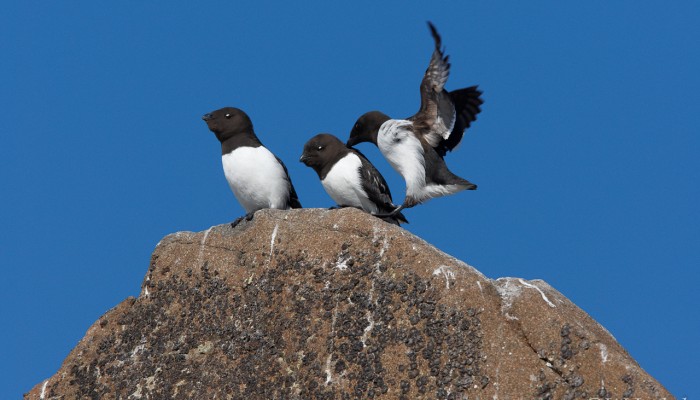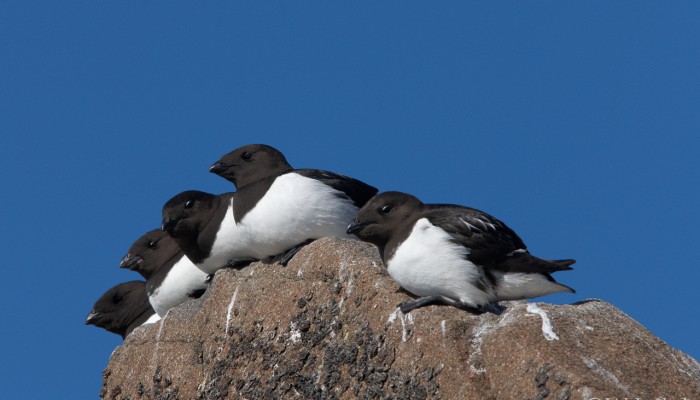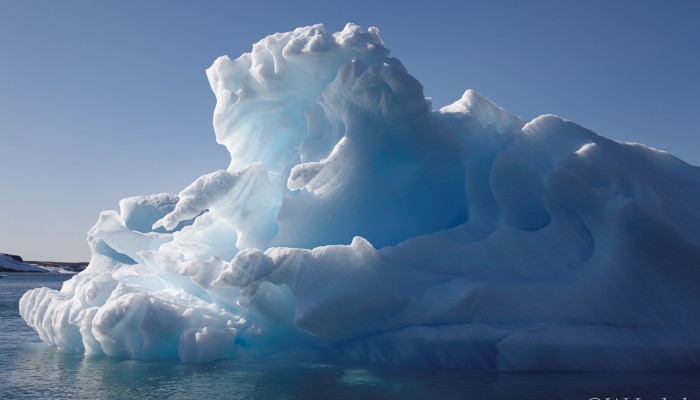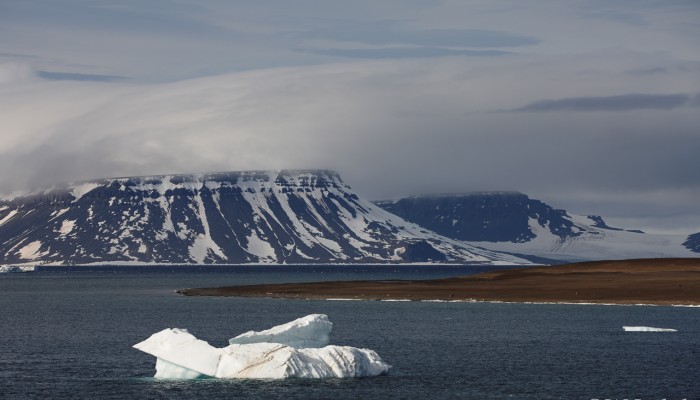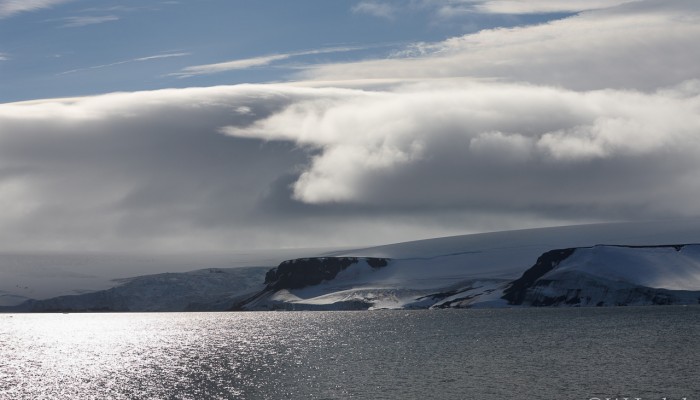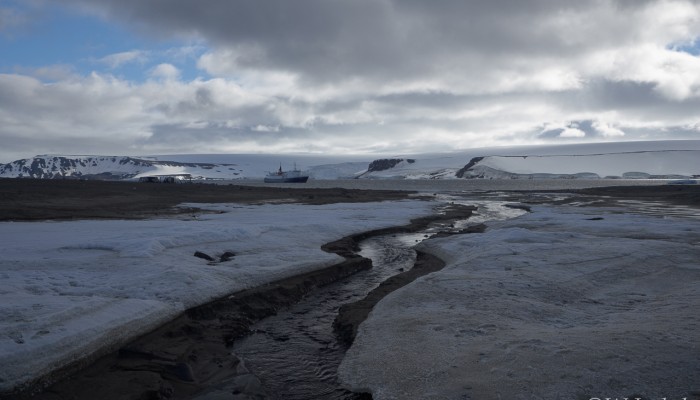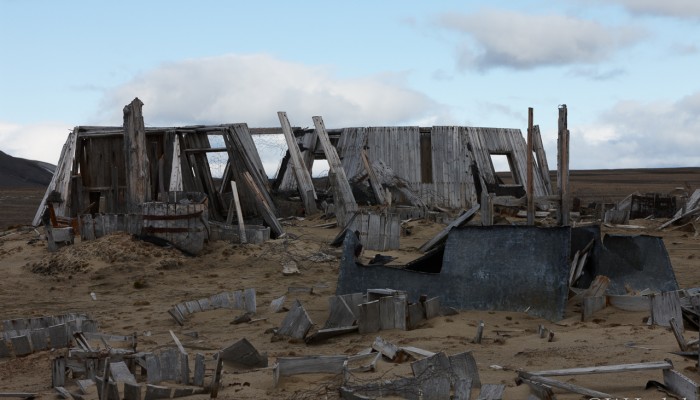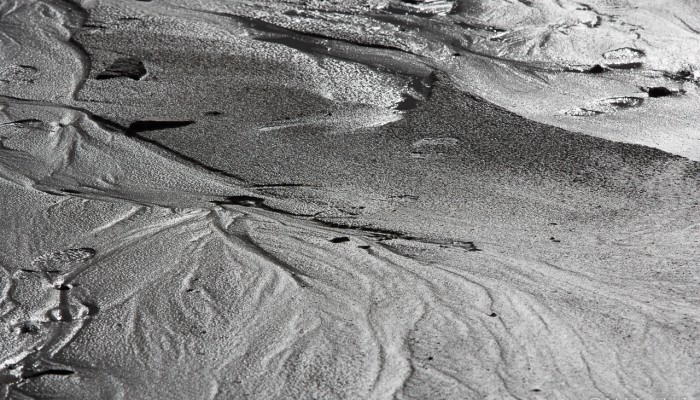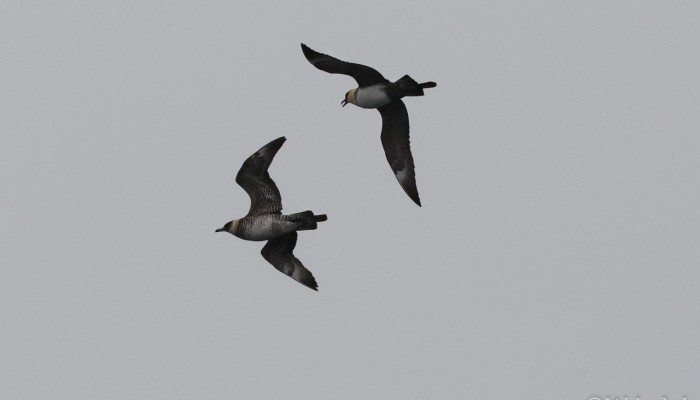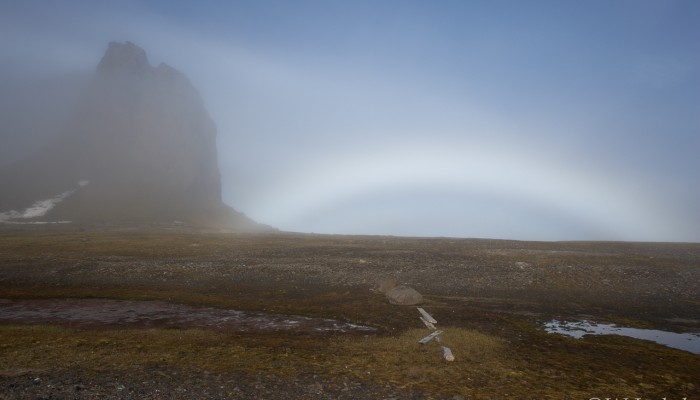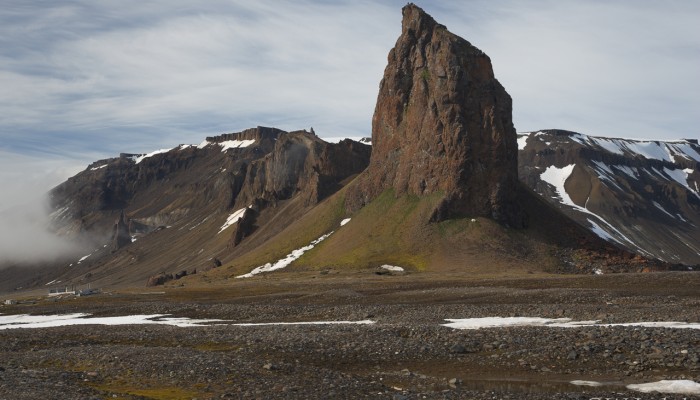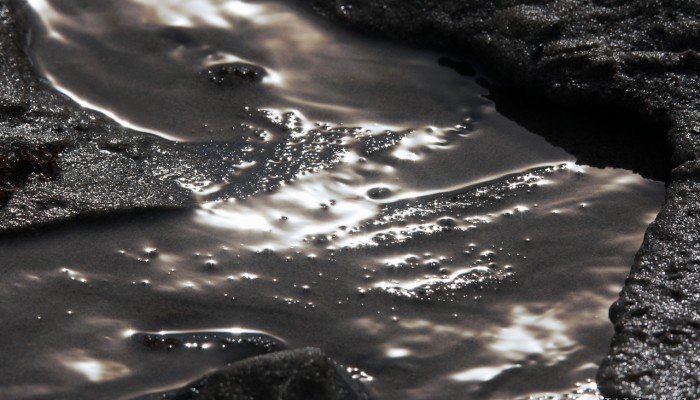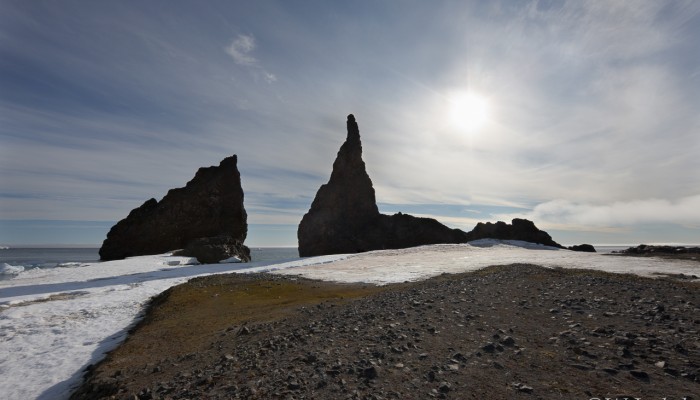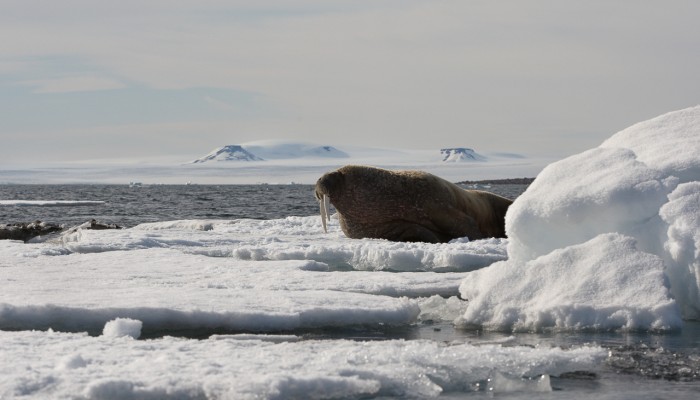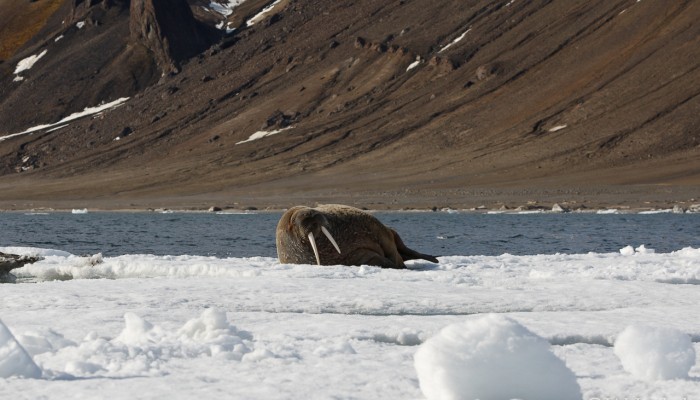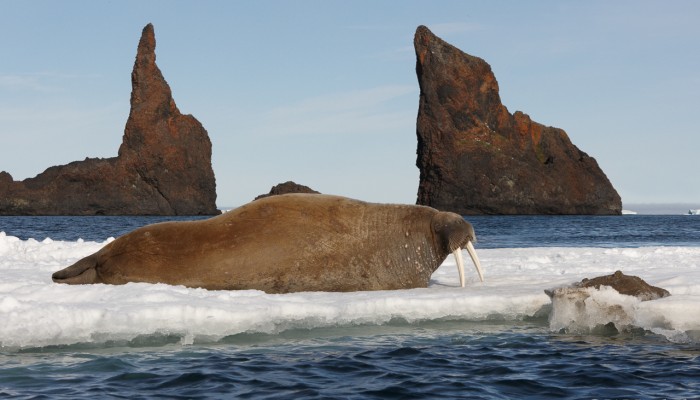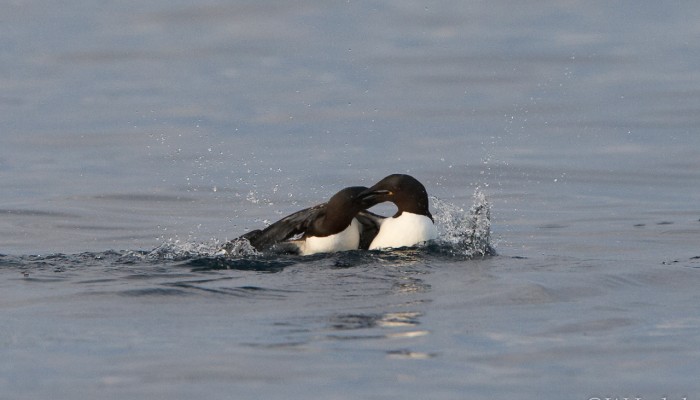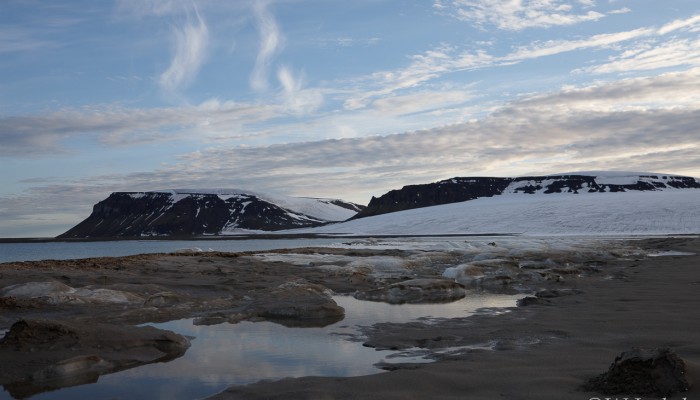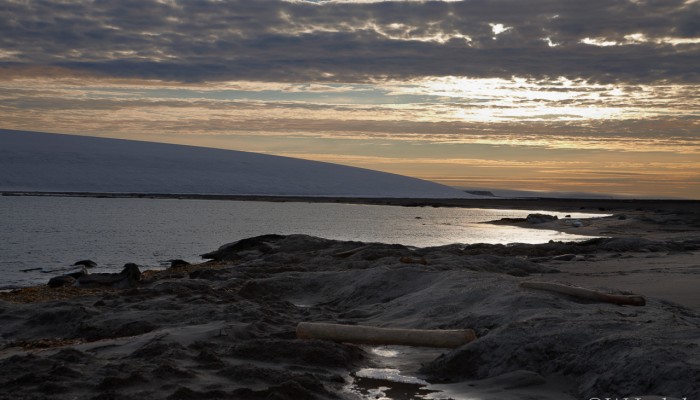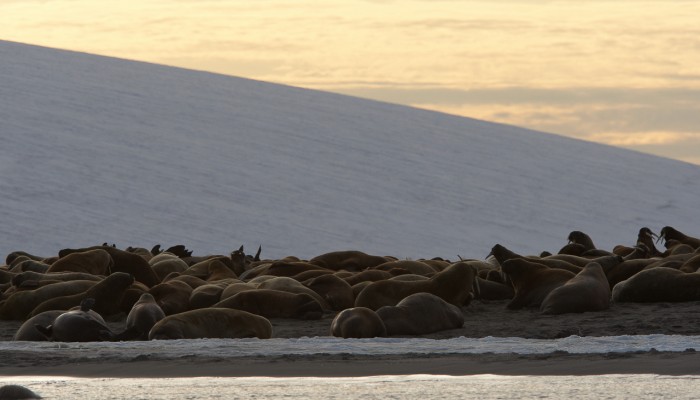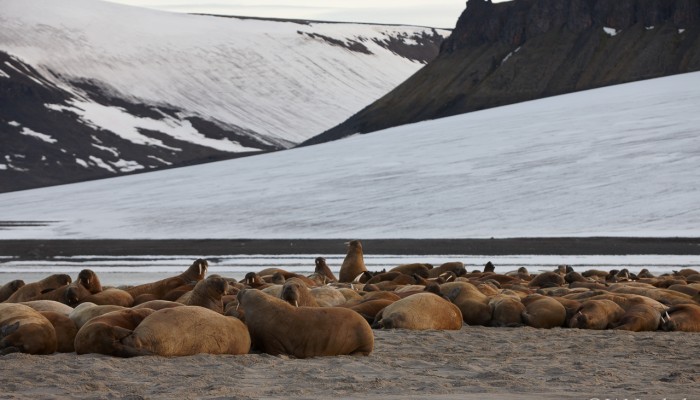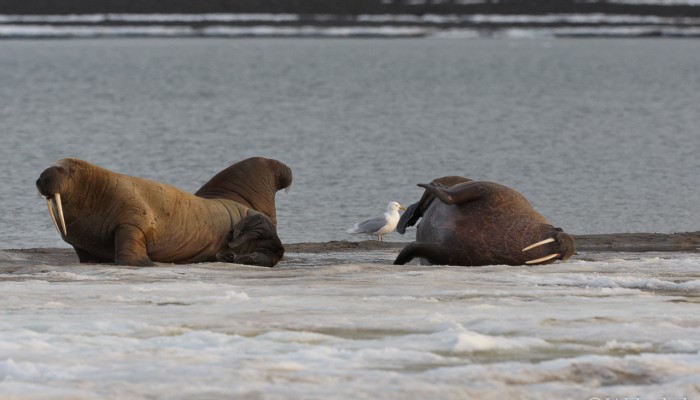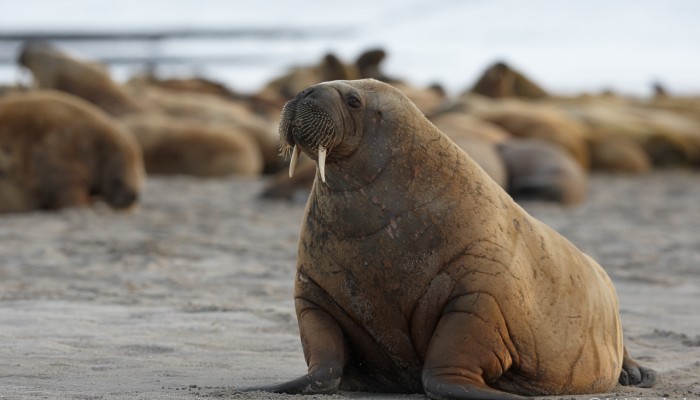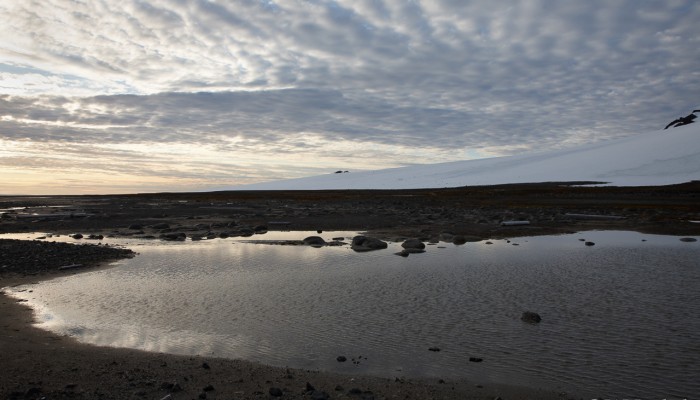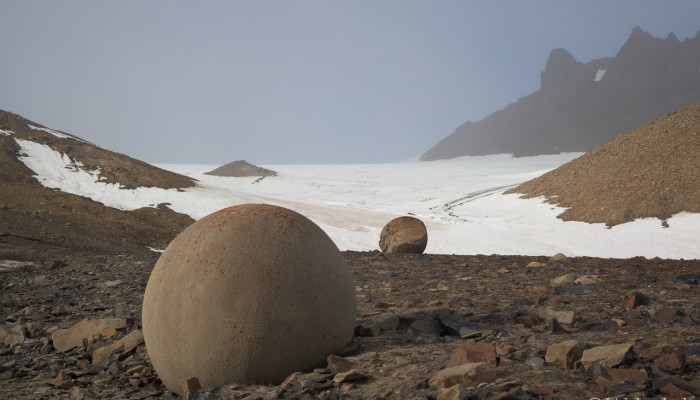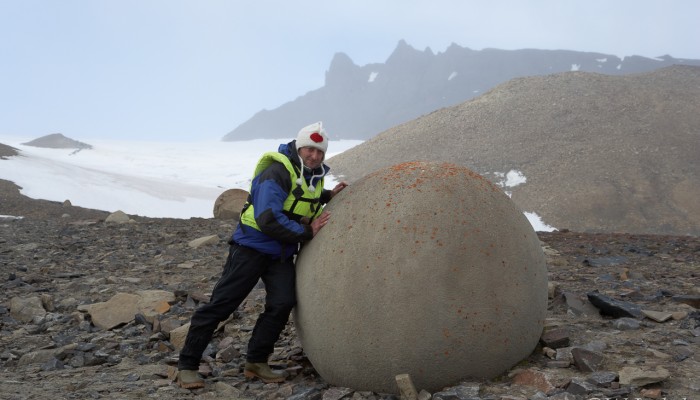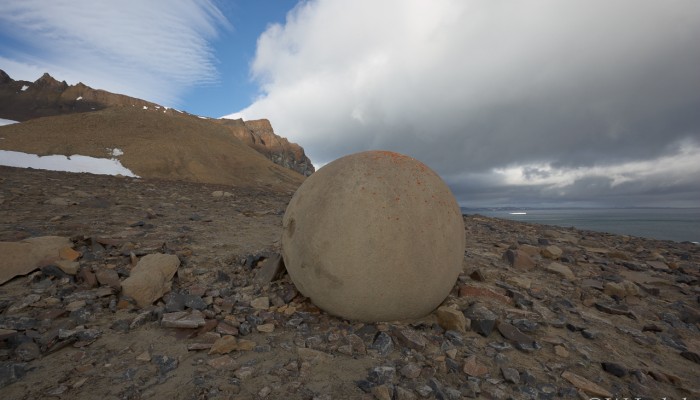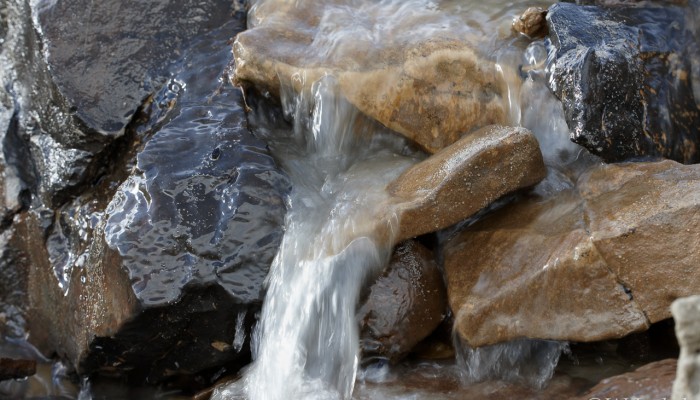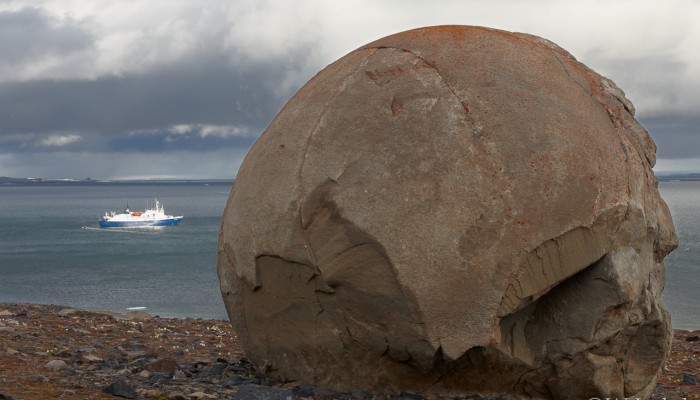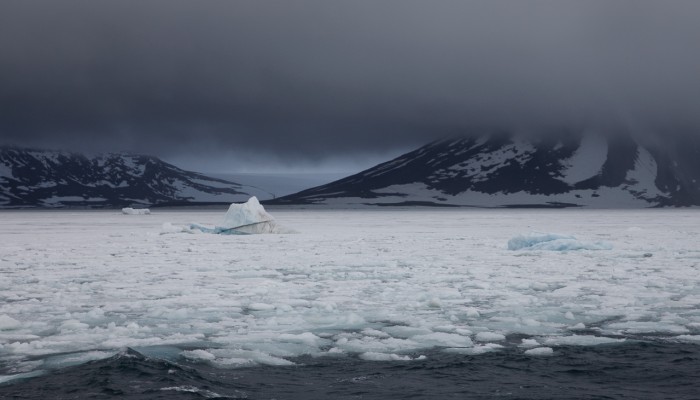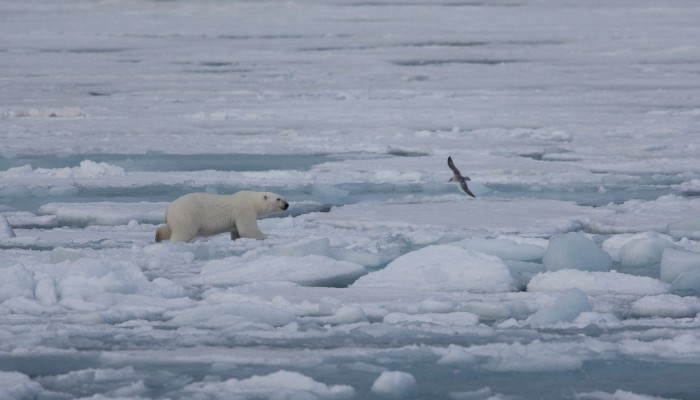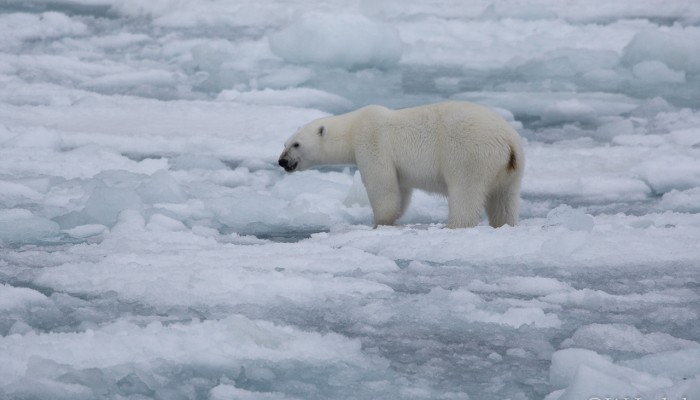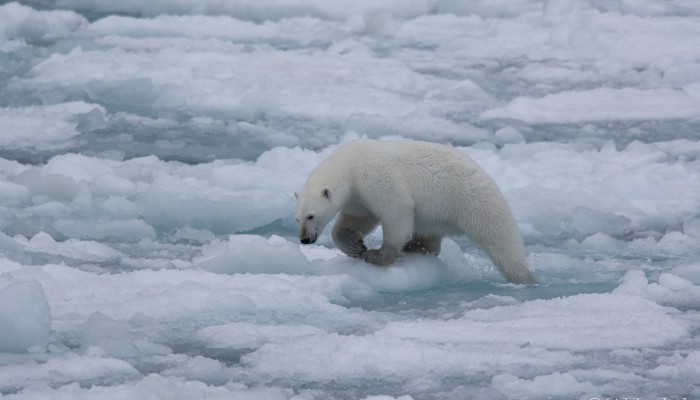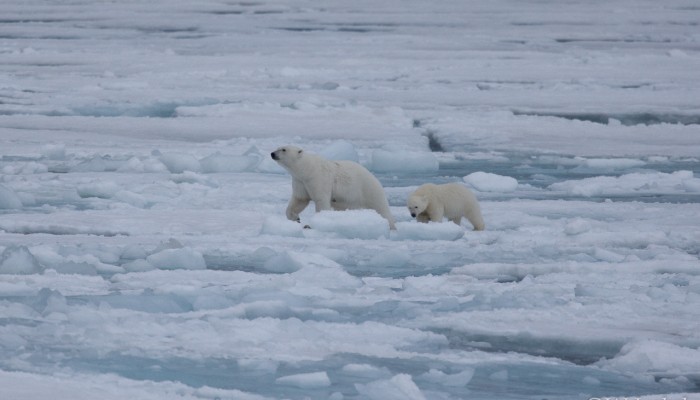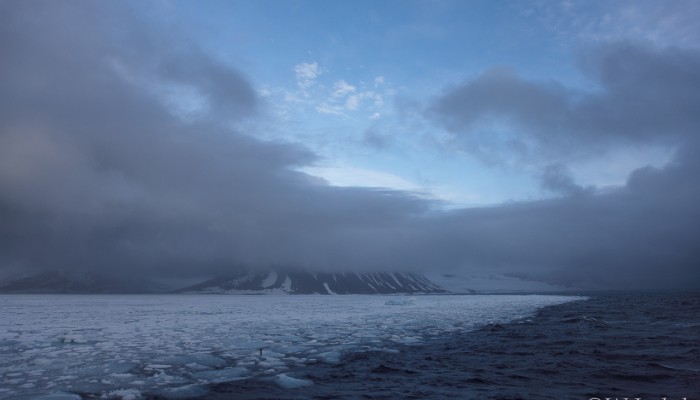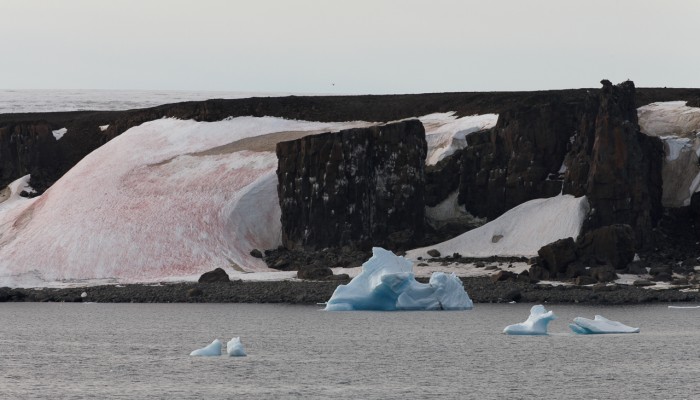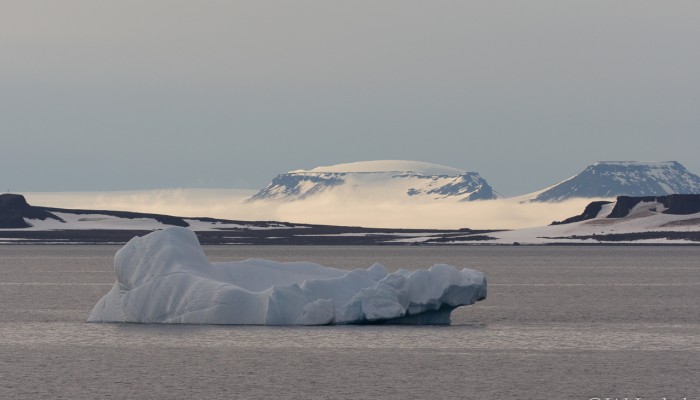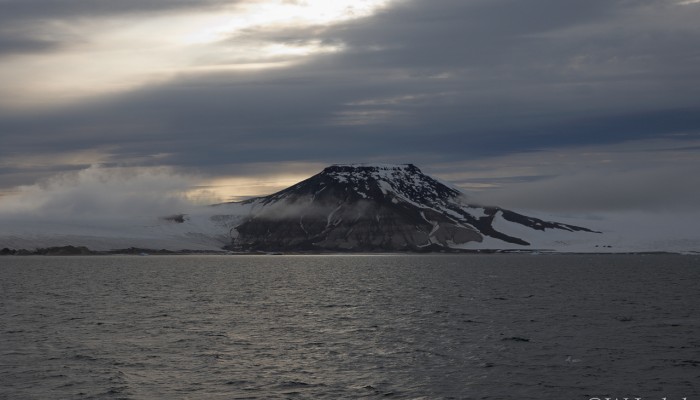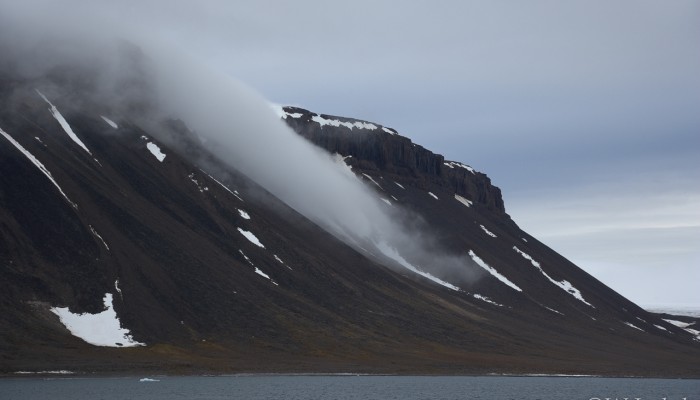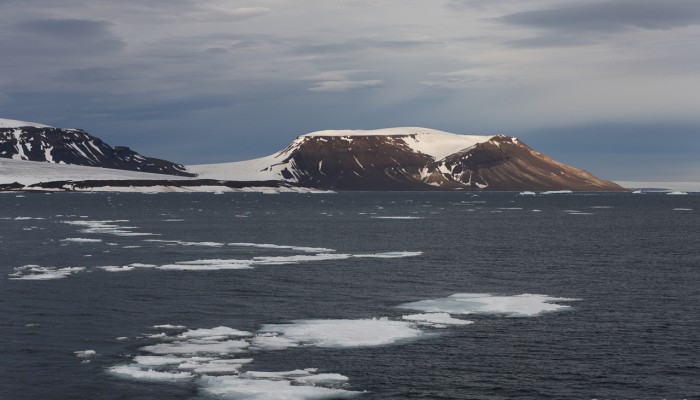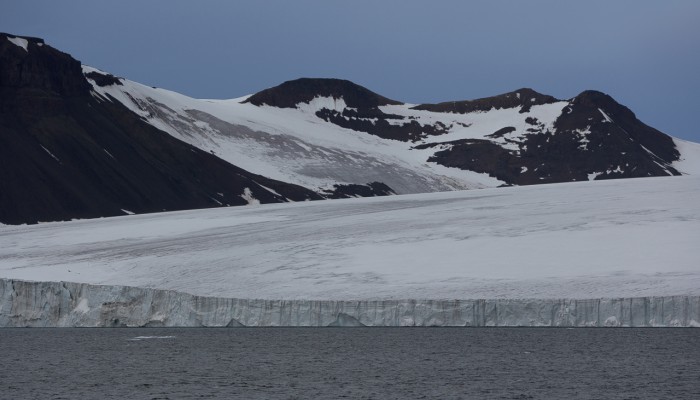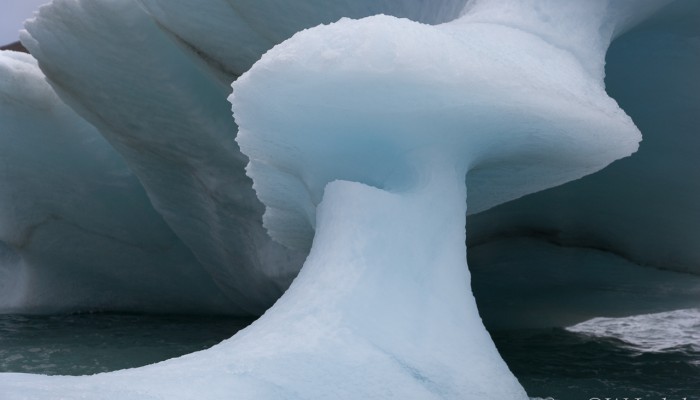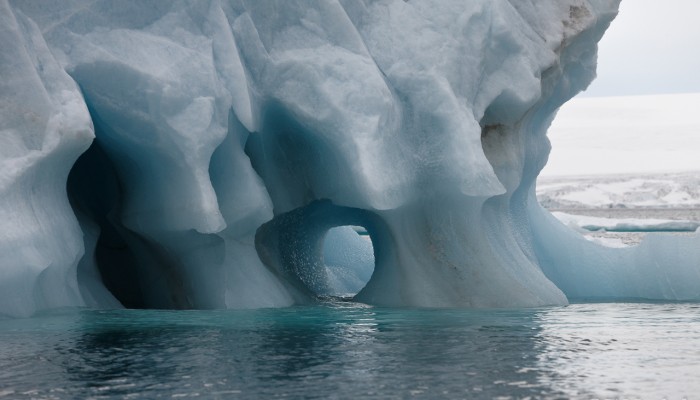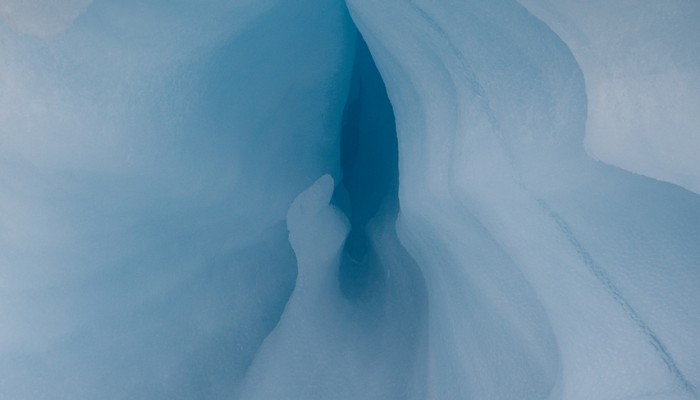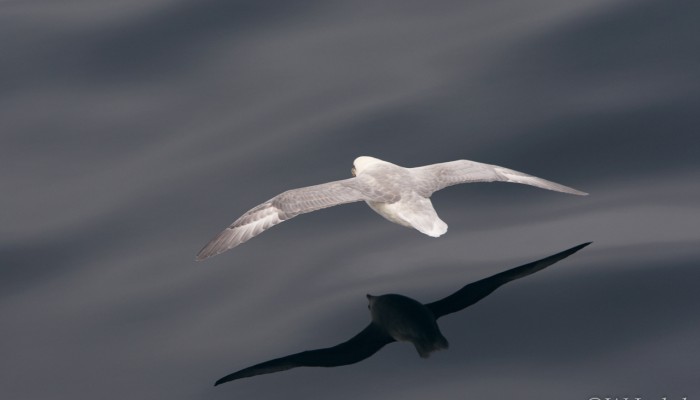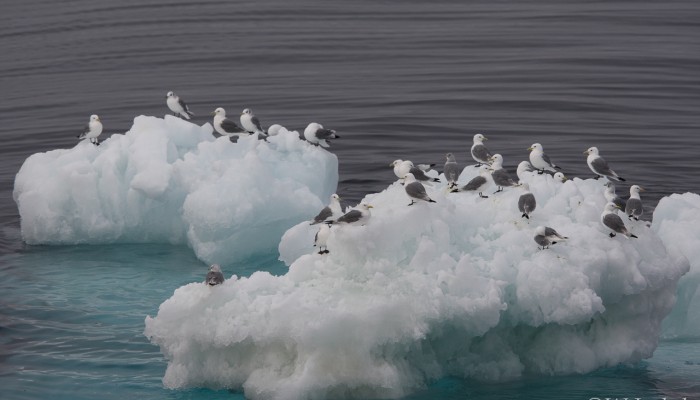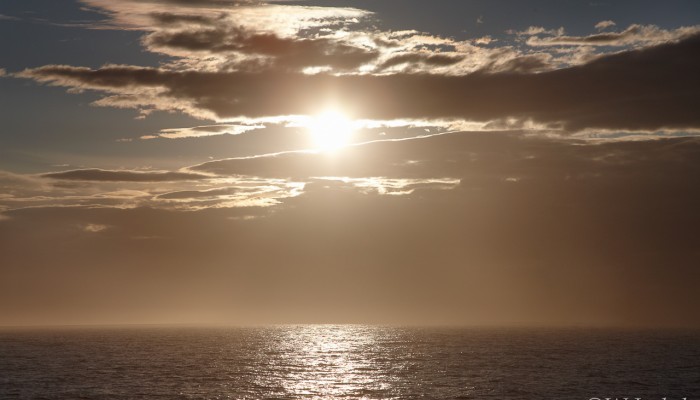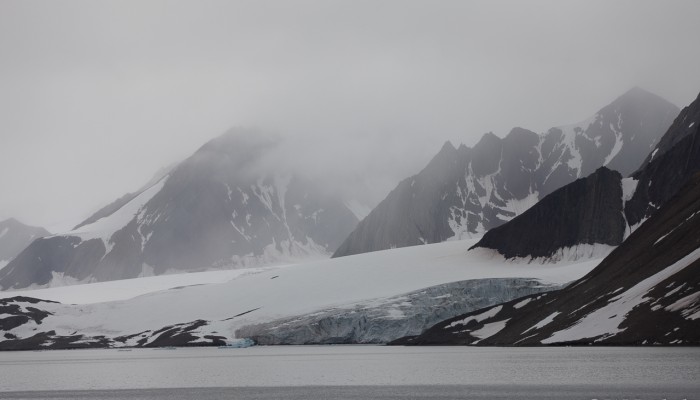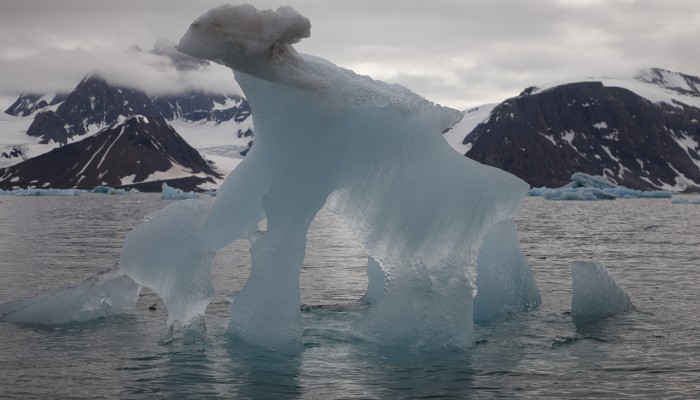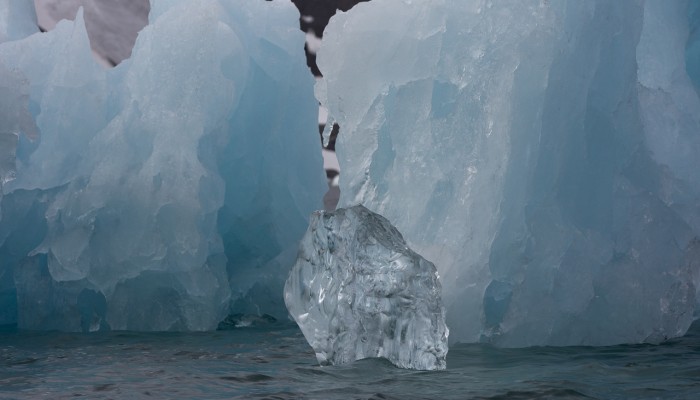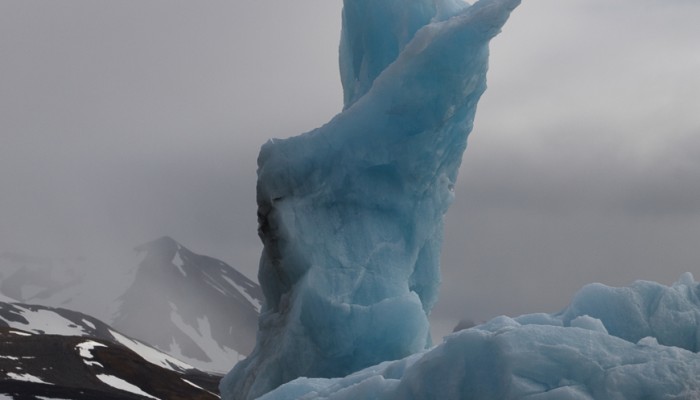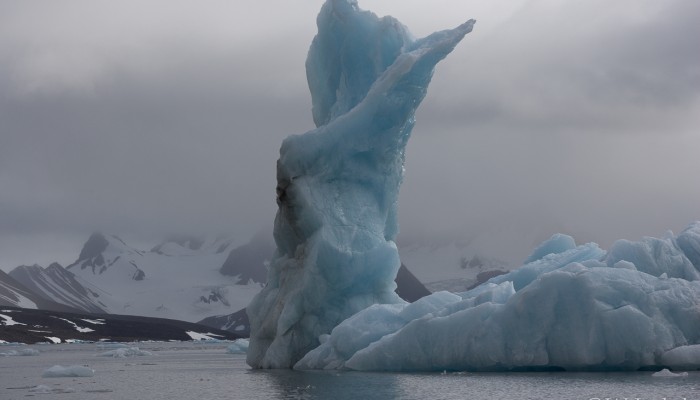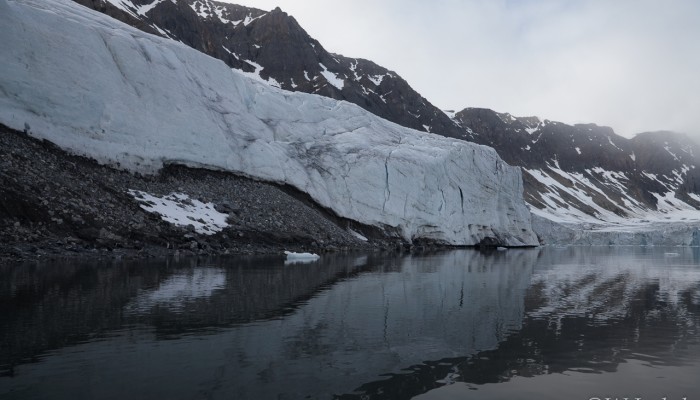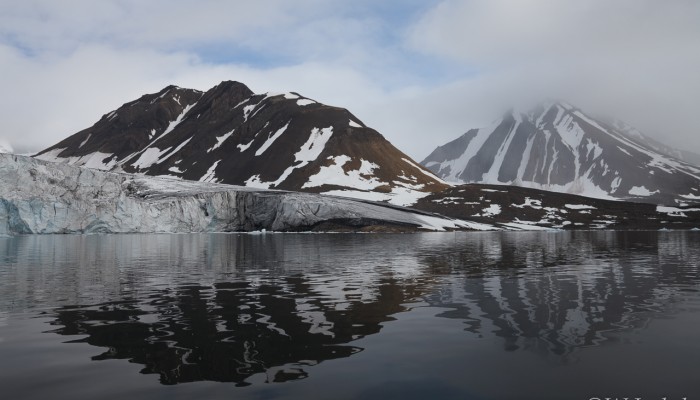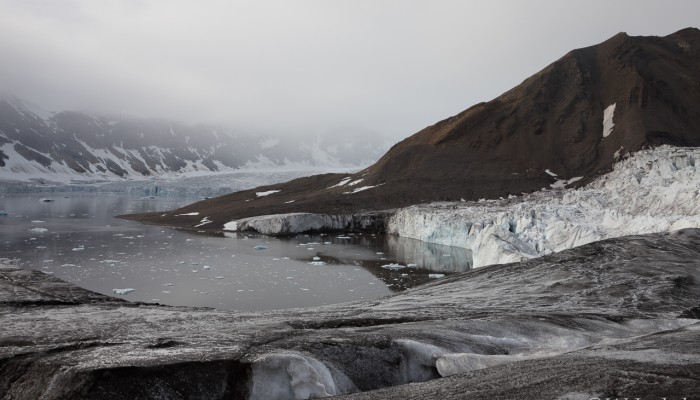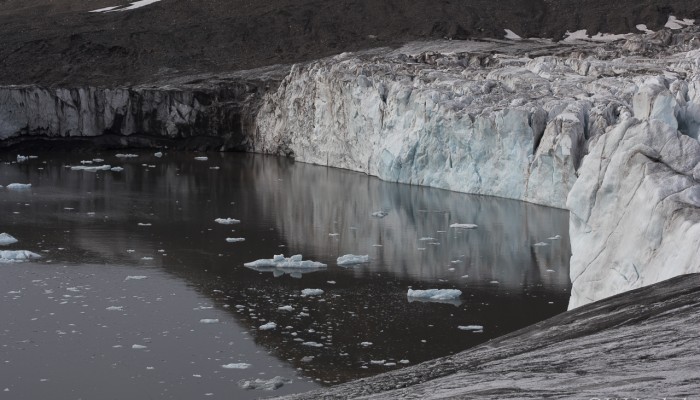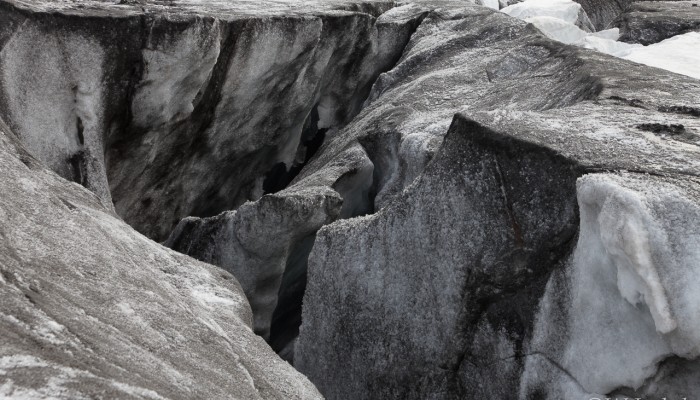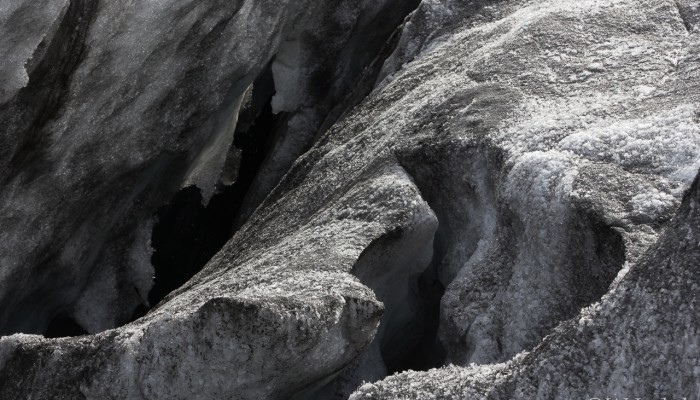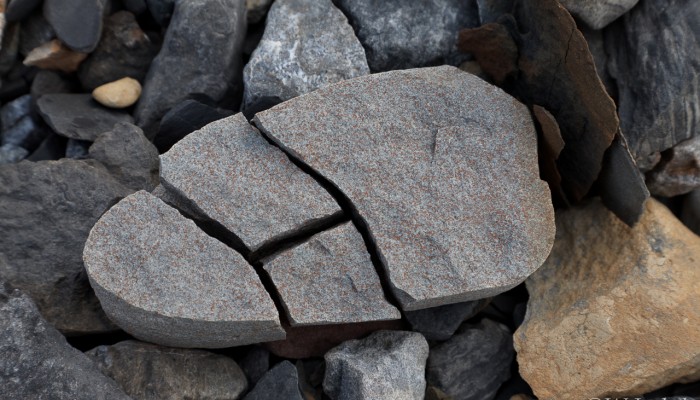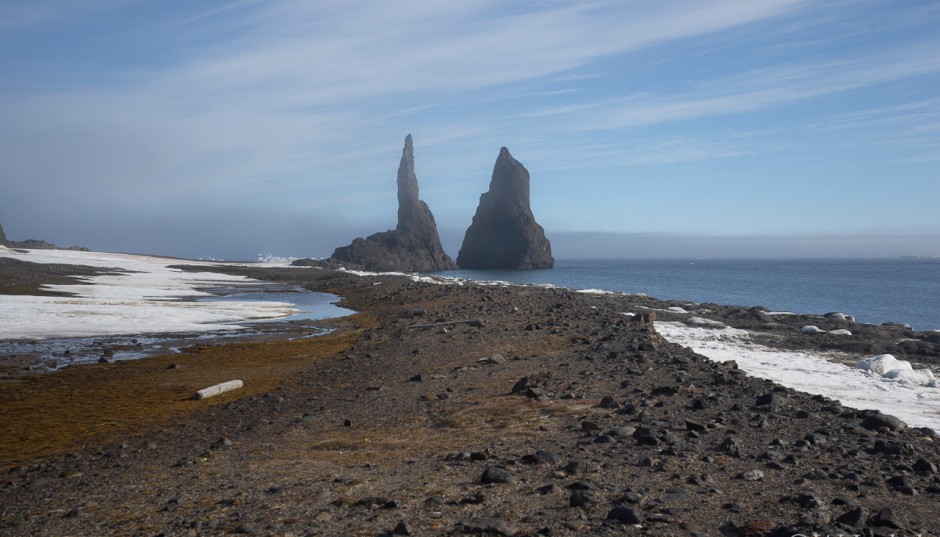
In the summer of 2008 I had joined an expedition cruise to Franz Josef Land onboard the vessel M/S Polaris. Situated east of Svalbard at latitudes between 80.0° and 81.9° north, the Russian archipelago is the northernmost land mass in the Eastern Hemisphere and located only 900 – 1100 km (560 to 690 miles) from the North Pole. Franz Josef Land consists of 191 islands with an area of 16,134 km², 83% of them covered with permanent ice and for the most part inaccessible. The volcanic and nowadays largely inhabited group of islands was discovered in 1873 by the Austrian – Hungarian polar explorers J. Payer and C. Weyprecht who named it in honor of the Austrian emperor Franz Joseph I. Trying to find a north east passage, their ship “Admiral Tegettoff” was locked in ice for two winters. Since the expedition was private sponsored, the archipelago never had been part of Austria, though. In the late 19th and early 20th century, several polar explorers used the islands as a base for expeditions to the North Pole. So the remains of the camps and huts can still be found there. In 1926 the archipelago was taken over by the Soviet Union, and a few people came for research and military purposes. Now the Islands are abandoned and given back to nature – with exception of one small Russian military base in the utmost West.
Leaving from Longyearbyen (Svalbard), our voyage was offered on the occasion of the total solar eclipse which could be observed on August 1st 2008 in the Far East and Northeast. We could watch this astronomical phenomenon nearby FJL at our position at 79° 51.60′ N, 42° 04.2 ‘ E at 09:50 UTC. Though this rare event undoubtedly was one of the highlights, it originally had not been the main reason for me to take part in the trip. It rather was a unique chance for me to visit one of the rare wild places left in the High Arctic. However, as our ship obviously was not in perfect condition and maybe also in order to save time because of the focus on the eclipse, they mostly stayed away from the pack ice at a considerable distance. That is why our wildlife encountering, i.e. regarding polar bears was more limited than I had hoped for. Despite these drawbacks and the fact that the voyage to JFL was not scheduled as a special photo expedition, it was an impressive and unique trip to a very remote place I probably won’t be able to visit again in the near future. So I’m glad that I had joined.
The photos displayed in the gallery were shot with Canon 1DsMarkIII/II cameras, mostly using the f2.8/24-70mm, f4.0/24-105mm IS, f2.8/70-200mm IS, f2.8/16-35mm and f2.8/14mm II lenses. For photographing wildlife, I often used the f 2.8/300mm IS including the 1.4x or 2.0x converter mounted on the 1D Mark III. The close ups were captured with the f2.8/100mm macro lens. For the first time, I had also used the WFT-E2 transmitter with diGPS connected for geotagging my photos. I’m planning to map some of the pictures to google maps later.


